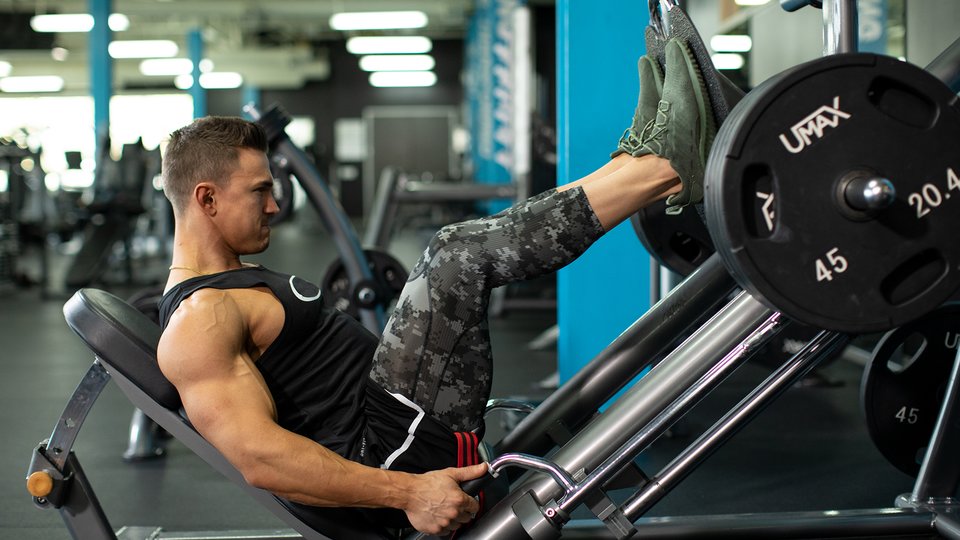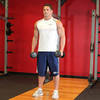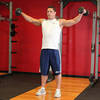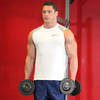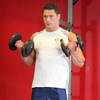Products You May Like
Is it possible to stay in great shape only going to the gym three times a week? Absolutely. Sure, the top bodybuilders and powerlifters may do a lot more—and hey, good for them—but I’m more interested in the millions of lifters who will probably never set foot onstage, but want to look great, spend time with their family, and still feel like they accomplished something substantial in the gym.
Years ago, I trained 5-6 times a week preparing for bodybuilding competitions, but then my schedule changed. When limited free time became the new normal, I asked myself if I wanted to struggle to keep up with my split, or make my split work for me. The answer was clear.
Here’s how I make it work, using just three words to guide me: Less is more.
Find the Sweet Spot
When I first started training, like most beginners, I believed it was necessary to train each muscle group with dozens of sets every few days to gain size and strength. And it’s true, training 5-6 times a week on an advanced routine can allow you to reach your maximum potential, if you are training correctly with proper nutrition and with ideal recovery techniques at your disposal. In other words, if your job is just to lift weights and look good doing it, this approach could work for you.
Unfortunately, many people get discouraged with that volume of gym time—and their bodies just get burned out. They end up either quitting altogether or slug it out day after day in the gym but lose heart and interest, end up dialing back intensity, and see their results fall.
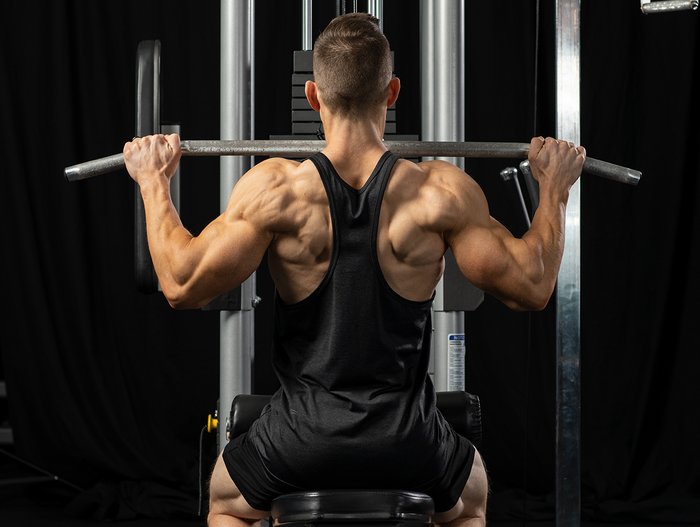
The “less is more” training approach works especially well for those who are 40, 50, or older because recuperation times are not the same as in earlier years. We run the risk of more injuries during high-intensity, high-frequency training as we age. Training just three times a week also keeps you hungry to train during those few times you get in. Absence makes the heart grow fonder!
This training approach also frees up time for the weightier things in life like family, volunteering, and faith. Fill your time with whatever calls to you, and enjoy feeling stronger and looking better while you do it.
Less-is-More Training
Maximum training intensity each session is a must for this training approach to be effective! Yes, you could train full body three days a week, but I find that organizing and condensing intense efforts strategically leads to more productive training and better results. Trust me: The popular impulse to “always do more” is not the correct one.
I like to train each muscle group intensely once a week with moderate rep ranges and set counts. I’ll hit the two biggest muscle groups (legs and back) on one day, then hit two smaller ones (chest and shoulders) a second day, and just go get an arm pump on the third. Do it right, and that’s enough.
Make each set count, but especially the final set. The DeLorme protocol approach of “manageable/difficult/all-out” is a great one to keep in mind. The first set can be kind of a warm-up. The second, a little harder. You can add a third harder set in there if you want. But definitely push that final set for all it’s worth. Just remember: The weight you move doesn’t matter as much as focusing on the mind-muscle connection. That’s a must!
Here’s a good 3-day split. What you do for cardio or conditioning is up to you.
7
more exercises
6
more exercises
5
more exercises
If you prefer free weights to any of the machines listed here, swap out movements or pair movements off into supersets as needed and as your equipment dictates. Tired of using dumbbells for a movement? Use a barbell or cable instead. It’s all up to you.
But don’t discount machines entirely! No matter if you’re a hardened iron vet or you’re relatively new to the iron game, you’ll be able to make decent gains over time by simply picking the implement that feels most comfortable to you, and hitting it hard.
Understanding how to accomplish fitness goals with less gym time is empowering.
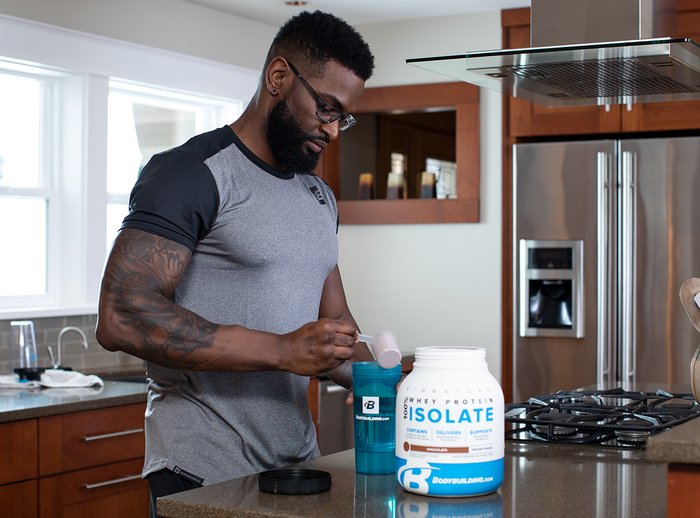
What about diet? Ultimately, it’s up to you, but of course this and every other program will work better if you’re eating well. Here’s what I would recommend:
- Protein: Get 1 gram per pound of body weight, or even better (especially if you’re 40 or older) 1.25 grams per pound.
- Eat more carbs on training days, like a 60/40 carb-to-protein ratio. Peak your carb intake 2-4 hours before exercise, then lower them post-workout and into the evening. On your non-training days, dial carbs back a little, like 50/50 carbs to protein.
- Don’t be afraid to eat like a bro. It gets ridiculed, but 4-5 small meals plus two protein shakes evenly spaced through the day is a solid approach. Aim for 30-40 grams of protein per meal or shake.
- If you want results, limit the stuff that you know, deep down, isn’t helping those results. That means excess carbs, deserts, sugary drinks, alcoholic beverages, fast food—all the common temptations in the North American diet.
In other words, eat like a grown-up outside of the gym if you’re going to train like one in the gym. And once you’re in the weight room, set your ego aside and remember these words: Wisdom is better than strength!
